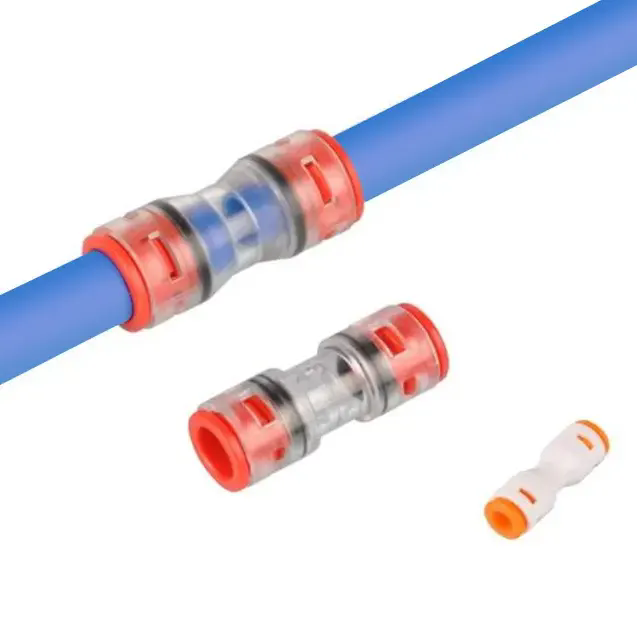What Are Microduct Connectors and Why Are They Crucial for Fiber Optic Networks?
2025-06-26
As fiber optic networks expand to deliver faster and more reliable internet connectivity, the infrastructure that supports these networks becomes increasingly important. One key component in fiber optic cabling systems is the microduct connector, a small but vital device that ensures secure, efficient, and protected connections within microduct installations.

What Is a Microduct Connector?
A microduct connector is a specialized fitting used to join sections of microducts, which are small-diameter ducts designed to house and protect fiber optic cables. These connectors provide a seamless, airtight connection between microduct segments, allowing fiber cables to be blown or pulled through continuous duct pathways without damage or signal loss.
How Does a Microduct Connector Work?
Microduct connectors are engineered to:
Align and join microduct sections accurately.
Maintain a smooth internal boreto facilitate fiber cable installation.
Create a sealed connection to prevent water ingress and environmental contamination.
Provide mechanical strength to withstand installation stresses and ground movement.
Typically made from durable plastics or composites, these connectors often feature snap-fit or threaded designs for quick, reliable assembly.
What Are the Key Benefits?
Using microduct connectors offers several advantages:
Easy installation: Simple coupling mechanisms reduce labor time.
Improved network reliability: Secure joints prevent duct misalignment and fiber damage.
Environmental protection: Sealed connections block moisture and dirt.
Flexibility: Allow for network expansions or repairs without extensive trenching.
Cost efficiency: Minimize downtime and maintenance costs.
Where Are Microduct Connectors Used?
Microduct connectors are essential in:
Fiber-to-the-Home (FTTH) deployments
Telecommunication backbone networks
Data center fiber infrastructure
Urban and rural broadband projects
Industrial fiber optic installations
They support high-speed data transmission by protecting the fiber optic cables throughout the network.
What Should You Consider When Choosing Microduct Connectors?
Key considerations include:
Compatibility with the microduct diameter and material.
Mechanical strength to endure installation and environmental factors.
Sealing performance for waterproof and dustproof integrity.
Ease of installation and reusability.
Compliance with industry standards such as Telcordia or IEC.
Final Thoughts
Though small in size, microduct connectors play a pivotal role in maintaining the integrity and performance of fiber optic networks. Choosing the right connectors ensures smooth installation, enhanced durability, and long-term network reliability—critical factors in today’s fast-evolving telecommunications landscape.


